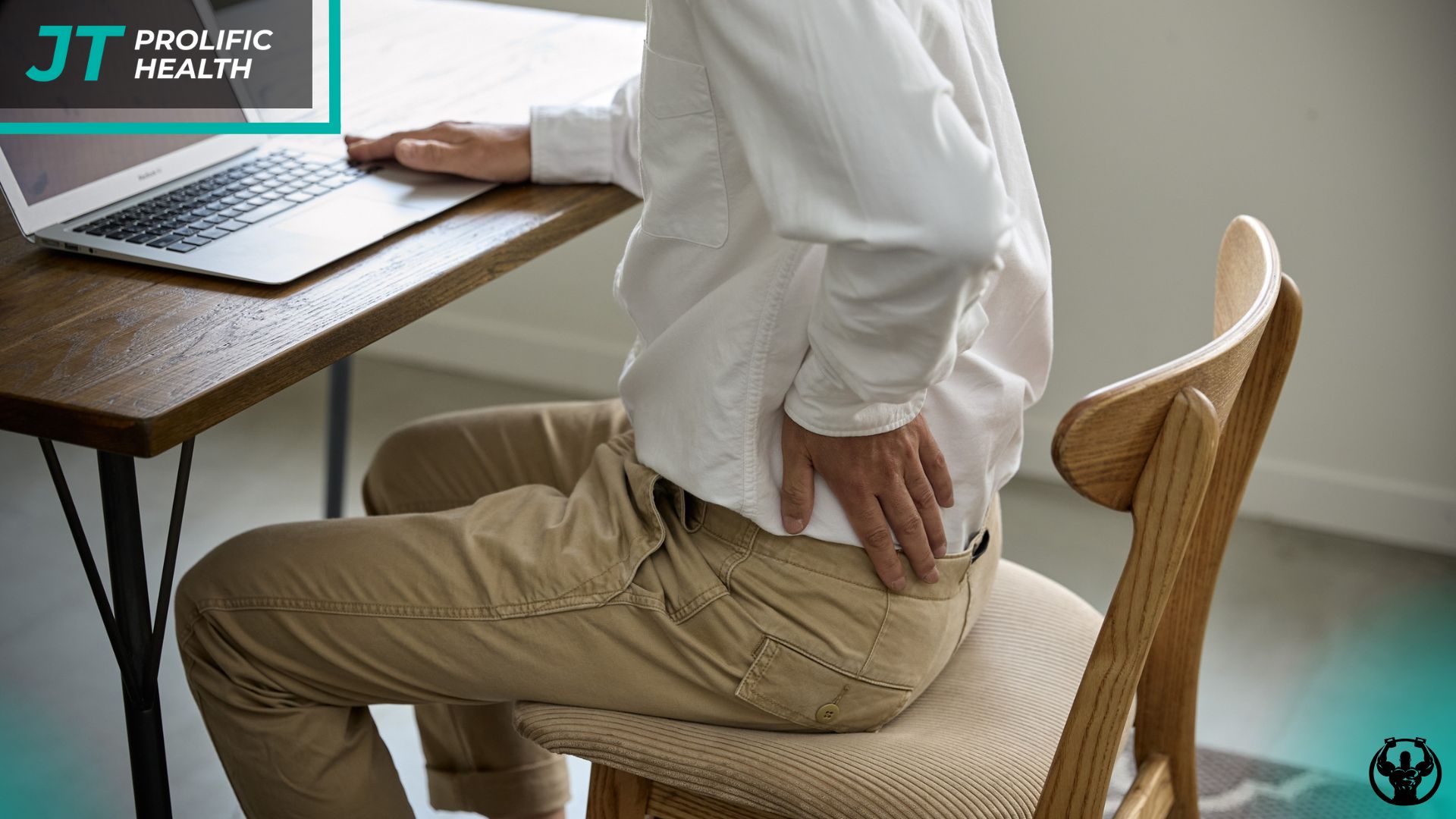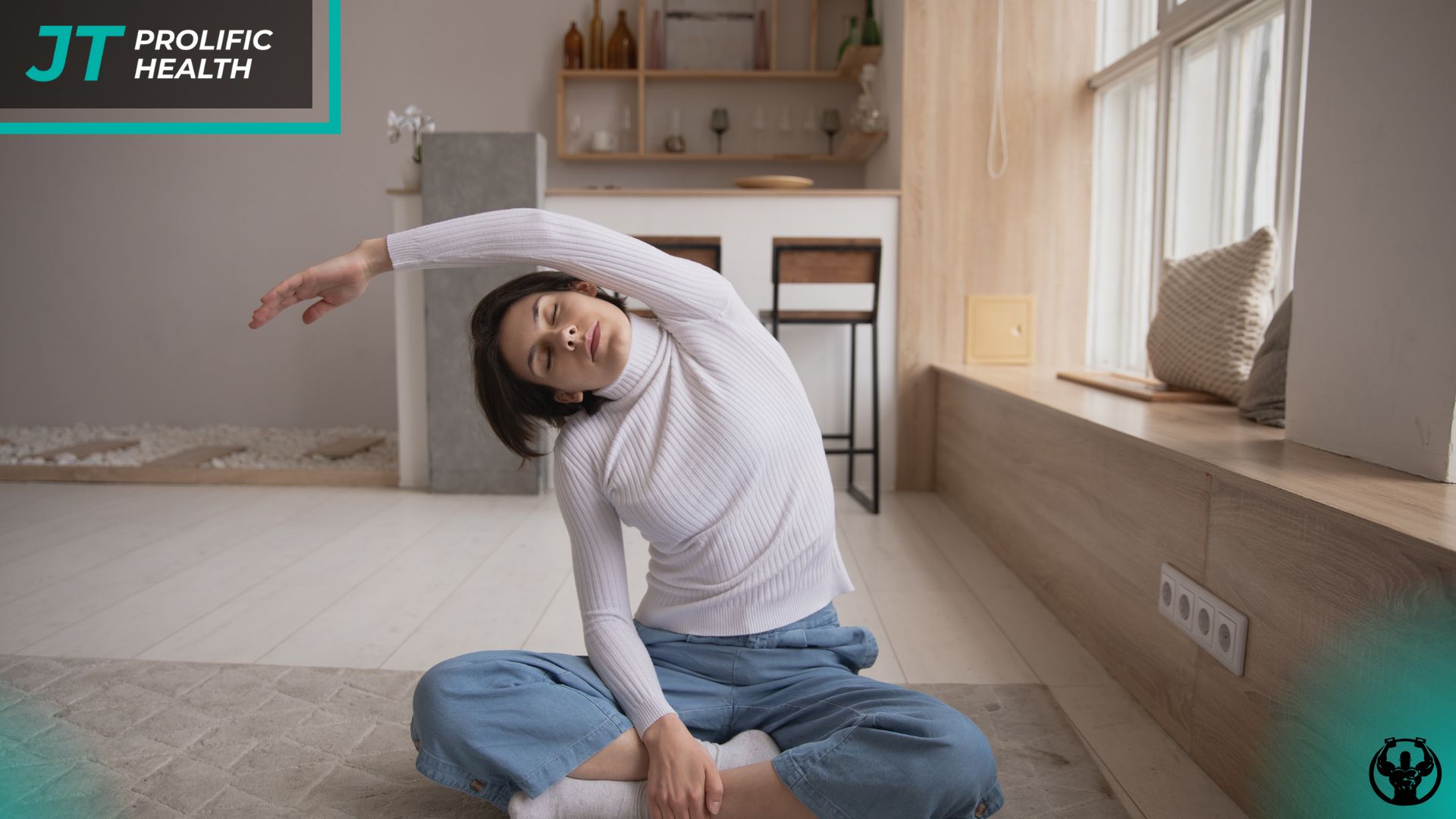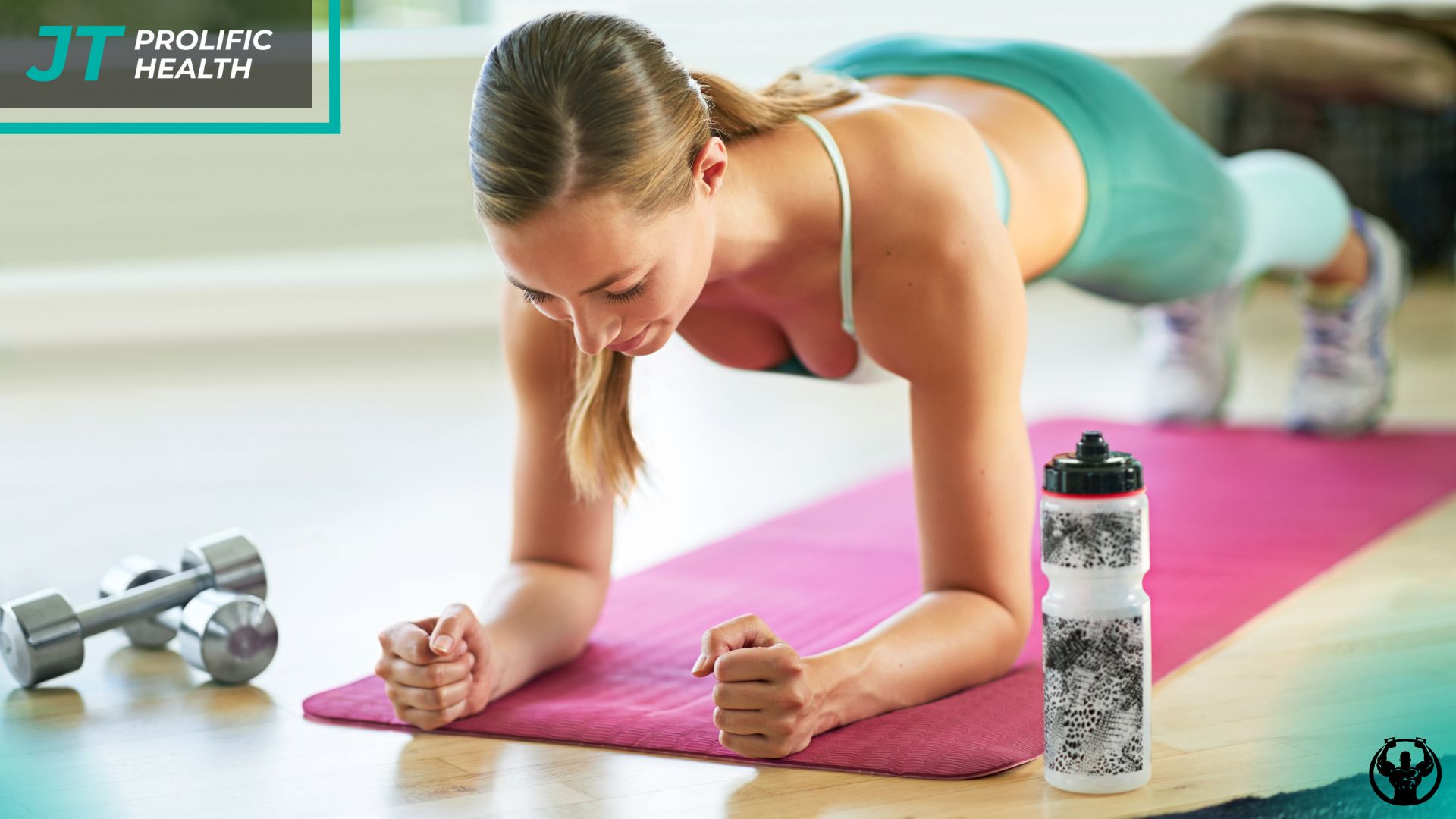Lower back pain affects millions of people worldwide, significantly impacting their quality of life and daily activities. Whether you’re dealing with chronic discomfort or occasional aches, finding safe and effective exercises can be the key to lasting relief. The good news is that targeted movement and strengthening exercises can help alleviate pain while preventing future episodes.
Understanding the right approach to lower back pain exercise is crucial for anyone seeking relief without risking further injury. Many people make the mistake of either avoiding all physical activity when experiencing back pain or pushing through exercises that may actually worsen their condition. The truth lies somewhere in between – gentle, purposeful movement combined with specific strengthening exercises can provide significant benefits when performed correctly.
The lower back, or lumbar spine, is a complex structure comprising vertebrae, discs, muscles, ligaments, and nerves that work together to support your upper body and facilitate movement. When this intricate system becomes imbalanced due to poor posture, muscle weakness, or injury, pain often follows. However, research consistently shows that appropriate exercise is one of the most effective treatments for lower back pain, often providing better long-term results than passive treatments alone.
Professional guidance plays a vital role in developing an effective exercise routine for back pain relief. Working with qualified fitness professionals ensures that you’re performing exercises correctly and progressing safely toward your goals. The journey to a pain-free back requires patience, consistency, and the right combination of exercises tailored to your specific needs and limitations.
This comprehensive guide will explore the most effective and safest exercises for lower back relief, providing you with practical strategies to manage your pain and strengthen your back for long-term health. From gentle stretches to progressive strengthening movements, you’ll discover evidence-based approaches that can help you regain mobility and confidence in your daily activities.
Key Takeaways
- Start slowly and progress gradually: Begin with gentle movements and basic exercises before advancing to more challenging routines. Rushing the process can lead to setbacks and increased pain.
- Focus on core strengthening: A strong core provides essential support for the lower back, reducing strain on the spine and improving overall stability during daily activities.
- Incorporate flexibility and mobility work: Regular stretching and mobility exercises help maintain range of motion, reduce muscle tension, and prevent stiffness that can contribute to back pain.
- Listen to your body: Pain is your body’s warning system. Distinguish between the discomfort of working muscles and pain that signals potential injury or aggravation of existing conditions.
- Maintain consistency: Regular, moderate exercise is more beneficial than sporadic intense sessions. Aim for daily movement and structured exercise sessions several times per week.
- Address posture and ergonomics: Poor posture during daily activities can undermine the benefits of exercise. Pay attention to how you sit, stand, and move throughout the day.
- Seek professional guidance when needed: While many exercises can be performed safely at home, working with qualified professionals ensures proper form and appropriate progression for your specific situation.
Understanding Lower Back Pain and Exercise Benefits

Lower back pain is one of the leading causes of disability worldwide, affecting people of all ages and activity levels. The condition can range from acute episodes lasting a few days to chronic pain persisting for months or years. Understanding the underlying causes and how exercise can help is essential for developing an effective treatment approach.
The most common causes of lower back pain include muscle strains, ligament sprains, disc problems, and postural imbalances. Sedentary lifestyles, poor posture, weak core muscles, and sudden movements can all contribute to back pain development. Additionally, factors such as stress, poor sleep, and overall fitness level can influence both the onset and severity of symptoms.
Exercise benefits the lower back through multiple mechanisms. Physical activity increases blood flow to the affected area, promoting healing and reducing inflammation. Regular movement helps maintain joint mobility and prevents the stiffness that often accompanies prolonged rest. Strengthening exercises target the muscles that support the spine, creating a natural “brace” that reduces stress on spinal structures.
Research has consistently demonstrated that active treatment approaches, including specific exercises, are more effective than passive treatments for most types of lower back pain. Exercise not only addresses the physical aspects of pain but also helps break the cycle of fear and avoidance that can develop when people become afraid to move due to their symptoms.
The psychological benefits of exercise should not be overlooked. Regular physical activity releases endorphins, the body’s natural pain-relieving chemicals, which can help improve mood and reduce the perception of pain. Additionally, successfully completing an exercise program can boost confidence and provide a sense of control over one’s condition.
Gentle Stretching Exercises for Immediate Relief


Gentle stretching forms the foundation of any effective lower back pain exercise program. These movements help reduce muscle tension, improve flexibility, and provide immediate relief for many people experiencing discomfort. The key is to perform stretches slowly and mindfully, never forcing a movement or stretching to the point of pain.
The knee-to-chest stretch is one of the most fundamental and effective stretches for lower back relief. Lying on your back with knees bent, slowly bring one knee toward your chest, holding it gently with both hands. Hold for 20-30 seconds, then repeat with the other leg. This stretch helps decompress the lower spine and gently lengthens the muscles along the back.
The child’s pose, borrowed from yoga, provides excellent relief for lower back tension. Starting on your hands and knees, slowly sit back on your heels while extending your arms forward on the ground. This position gently stretches the lower back muscles while promoting relaxation and stress relief. Hold for 30-60 seconds, breathing deeply throughout the stretch.
Piriformis stretches target the deep muscle in the buttock that can contribute to lower back pain when tight. Lying on your back, cross one ankle over the opposite knee and gently pull the uncrossed leg toward your chest. This stretch helps relieve tension in the hip area that often contributes to lower back discomfort.
The cat-cow stretch combines gentle movement with stretching to improve spinal mobility. Starting on hands and knees, alternate between arching your back (cow position) and rounding it (cat position). This movement helps lubricate the spinal joints and gently mobilizes the entire spine. Perform 10-15 slow, controlled repetitions.
Spinal rotation stretches help maintain rotational mobility in the lower back. Lying on your back with knees bent, slowly lower both knees to one side while keeping your shoulders on the ground. Hold for 20-30 seconds, then repeat on the other side. This stretch helps reduce stiffness and improve overall spinal flexibility.
Core Strengthening Exercises for Long-term Support


Building core strength is essential for long-term lower back health and pain prevention. The core muscles, including the deep abdominal muscles, back muscles, and pelvic floor, work together to provide stability and support for the spine. Strengthening these muscles creates a natural corset that reduces stress on the lower back during daily activities.
The dead bug exercise is an excellent starting point for core strengthening. Lying on your back with knees bent at 90 degrees, slowly extend one arm overhead while straightening the opposite leg. Return to the starting position and repeat with the other arm and leg. This exercise teaches core stability while challenging coordination and control.
Modified planks provide excellent core strengthening while being accessible to most fitness levels. Start with wall planks, progressing to incline planks against a bench or stairs, and eventually to full planks on the ground. Focus on maintaining a straight line from head to heels while breathing normally throughout the exercise.
Bird dog exercises combine core strengthening with balance and coordination. Starting on hands and knees, extend one arm forward while extending the opposite leg backward. Hold for 5-10 seconds, then repeat with the other arm and leg. This exercise strengthens the entire core while improving spinal stability and coordination.
Glute bridges target the often-neglected gluteal muscles, which play a crucial role in lower back support. Lying on your back with knees bent, squeeze your glutes and lift your hips off the ground. Hold for 2-3 seconds at the top, then lower slowly. Strong glutes help maintain proper pelvic alignment and reduce stress on the lower back.
Side-lying leg lifts strengthen the lateral core muscles and hip stabilizers. Lying on your side, slowly lift the top leg while keeping the body straight. These muscles help maintain proper alignment during walking and other daily activities. For those seeking expert guidance through the personal training process, professional instruction can ensure proper form and progression in these exercises.
Progressive Strengthening Movements
As your core strength and flexibility improve, progressive strengthening movements become essential for continued improvement and long-term back health. These exercises build upon the foundation established by basic stretches and core work, gradually increasing the challenge to promote continued adaptation and strength gains.
Partial squats are excellent for strengthening the legs and glutes while maintaining proper spinal alignment. Start with bodyweight squats, focusing on sitting back as if sitting in a chair while keeping the chest up and knees behind the toes. As strength improves, depth and resistance can be gradually increased. Strong legs and glutes reduce the load on the lower back during lifting and daily activities.
Standing marches challenge balance and core stability while strengthening the hip flexors and core muscles. Standing tall, slowly lift one knee toward the chest while maintaining balance on the other leg. Alternate legs in a controlled manner, focusing on maintaining proper posture throughout the movement.
Wall sits provide isometric strengthening for the legs and core while teaching proper squatting mechanics. Leaning against a wall with feet shoulder-width apart, slide down until the thighs are parallel to the ground. Hold this position for 15-30 seconds, gradually increasing the duration as strength improves.
Modified lunges help strengthen the legs while improving hip flexibility and stability. Start with stationary lunges, stepping forward into a lunge position and returning to standing. Focus on keeping the torso upright and the front knee over the ankle. As balance and strength improve, walking lunges can be incorporated.
Resistance band exercises provide variable resistance that can be adjusted to individual strength levels. Lat pulldowns, rows, and chest presses using resistance bands help strengthen the upper body and improve posture. These exercises are particularly beneficial for those who spend long hours sitting at desks. Many people find that working with professionals who specialize in strength training in Richmond and Vancouver helps them progress safely through these more challenging movements.
Functional Movement Patterns for Daily Life
Functional movement patterns are exercises that mimic the movements we perform in daily life, such as bending, lifting, reaching, and carrying. Training these patterns helps ensure that the strength and mobility gained through exercise translates into improved function and reduced pain during everyday activities.
Hip hinge movements form the foundation of safe lifting mechanics. Practice bending at the hips while keeping the back straight, as if reaching back to sit in a chair. This movement pattern is essential for safe lifting and reduces stress on the lower back. Start with bodyweight hip hinges and progress to holding light weights as the movement becomes natural.
Carrying exercises prepare the body for real-world activities like carrying groceries or luggage. Farmer’s walks, where you carry weights in each hand while walking, strengthen the entire body while challenging core stability. Start with light weights and focus on maintaining good posture throughout the movement.
Rotation exercises help maintain the spine’s ability to rotate safely. Standing with feet shoulder-width apart, hold a light weight or medicine ball and rotate the torso from side to side. Keep the hips facing forward and initiate the movement from the core. This exercise helps prepare the spine for activities that involve twisting or reaching across the body.
Step-ups mimic the movement of climbing stairs and strengthen the legs while challenging balance and coordination. Using a sturdy step or platform, step up with one foot and bring the other foot up to meet it, then step down in a controlled manner. Focus on using the leg muscles rather than pushing off with the back foot.
Reaching exercises help maintain shoulder mobility while strengthening the core. Practice reaching overhead, to the sides, and across the body while maintaining good posture. These movements help prepare the body for activities like putting items on high shelves or reaching into the back seat of a car. For those interested in exploring bodyweight functional movements, calisthenics training in Richmond offers excellent options for developing functional strength and movement patterns.
About Prolific Health
Prolific Health is a leading fitness and wellness center dedicated to helping individuals achieve their health goals through personalized training and expert guidance. Located in Richmond and serving the Vancouver area, Prolific Health specializes in providing comprehensive fitness solutions that address individual needs and promote long-term health and wellness.
The team at Prolific Health consists of certified personal trainers and fitness professionals who understand the complexities of lower back pain and the importance of safe, effective exercise programming. They work closely with clients to develop customized workout plans that address specific concerns while promoting overall fitness and well-being.
With a focus on evidence-based practices and individualized attention, Prolific Health helps clients navigate their fitness journey safely and effectively. Whether you’re dealing with chronic back pain, recovering from an injury, or simply looking to improve your overall health, their experienced team provides the support and expertise needed to achieve lasting results.
Frequently Asked Questions
How often should I perform lower back pain exercises?
For most people, gentle stretching and mobility exercises can be performed daily, while strengthening exercises should be done 2-3 times per week with rest days in between. Consistency is more important than intensity, so aim for regular, moderate activity rather than sporadic intense sessions.
Is it normal to feel some discomfort when starting an exercise program for back pain?
Some mild muscle soreness is normal when beginning a new exercise program, but sharp pain or significant increases in back pain should not be ignored. Start slowly and progress gradually, and stop any exercise that causes pain to worsen.
How long does it take to see improvement in lower back pain with exercise?
Many people notice some improvement in flexibility and pain levels within 2-4 weeks of consistent exercise. Significant strength gains and long-term pain relief typically develop over 6-12 weeks of regular training.
Can I exercise if I have chronic lower back pain?
Exercise is often beneficial for chronic lower back pain, but it’s important to start with gentle movements and progress slowly. Consider working with a qualified professional who can help design a program appropriate for your specific condition.
What should I do if my back pain worsens during exercise?
Stop the exercise immediately and rest. If pain persists or worsens significantly, consult with a healthcare provider. It may be necessary to modify your exercise approach or address underlying issues before continuing.
Are there any exercises I should avoid with lower back pain?
Generally, avoid exercises that involve excessive spinal flexion (like traditional sit-ups), high-impact activities, or movements that cause pain. Focus on gentle, controlled movements that promote stability and strength without aggravating symptoms.
How important is proper form when performing back exercises?
Proper form is crucial for both safety and effectiveness. Poor form can worsen back pain and lead to injury. Those looking for guidance on choosing the right personal trainer can benefit from professional instruction to ensure exercises are performed correctly.
Can stress and mental health affect lower back pain and exercise effectiveness?
Yes, stress and mental health significantly impact both pain perception and exercise effectiveness. Chronic stress can increase muscle tension and pain sensitivity, while depression and anxiety can reduce motivation to exercise. Addressing these factors alongside physical exercise often leads to better outcomes.
Conclusion
Lower back pain doesn’t have to control your life. Through a combination of gentle stretching, progressive strengthening, and functional movement training, most people can achieve significant relief and prevent future episodes. The key is to start slowly, remain consistent, and listen to your body throughout the process.
Remember that everyone’s journey with back pain is unique, and what works for one person may need to be modified for another. The exercises outlined in this guide provide a solid foundation, but individual variations and progressions may be necessary based on your specific situation and response to training.
Professional guidance can be invaluable in developing and implementing an effective exercise program for lower back pain. Qualified trainers and healthcare providers can help ensure that you’re performing exercises correctly, progressing appropriately, and addressing any underlying issues that may be contributing to your pain.
The investment in your back health through regular exercise pays dividends in improved quality of life, reduced pain, and greater confidence in your daily activities. Start with the gentle exercises presented here, progress gradually, and remain patient with the process. With time and consistency, you can build a stronger, more resilient back that supports you in all of life’s activities.




